The search for water in space has been consistent over the years. As NASA says, "Water is but one piece of our search for habitable planets and life beyond Earth, yet it links many seemingly unrelated worlds in surprising ways." This statement stands true as scientists have recently discovered a water reservoir surrounding a black hole. The black hole is over 12 billion light years away from the Earth and has about 140 trillion times more water than all the world's oceans combined.
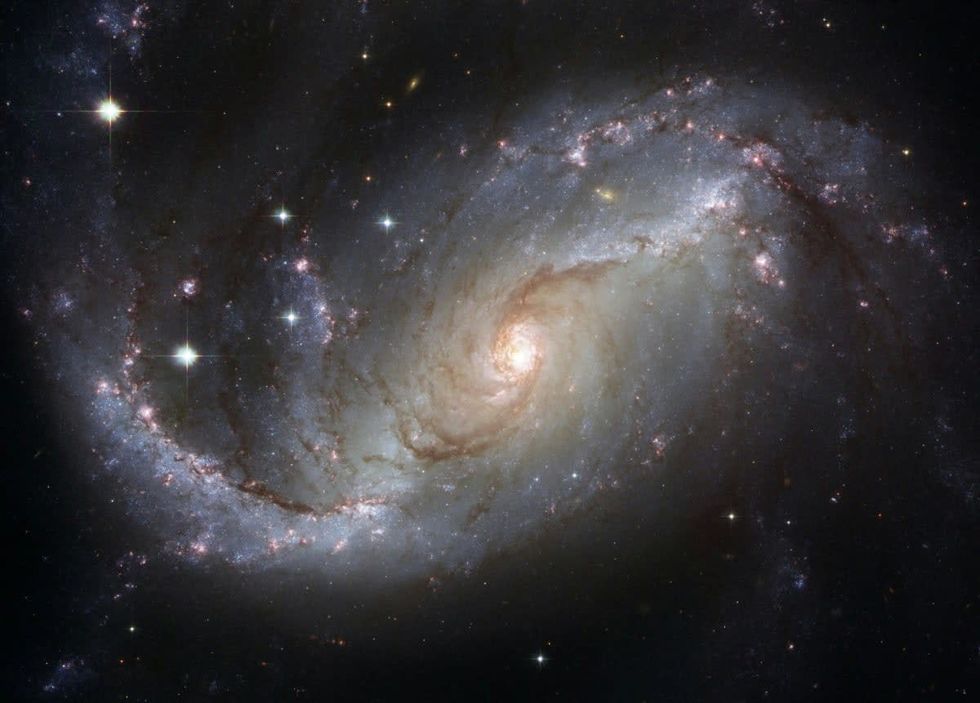
Two teams of astronomers were involved in the research. The water body is said to be the "largest and farthest" ever discovered. As per the outlet, scientist Matt Bradford, who was leading one of the teams, said that the water body feeds a quasar, a type of black hole. "The environment around this quasar is very unique in that it's producing this huge mass of water," the scientist wrote in a statement. Bradford is a scientist at NASA's Jet Propulsion Laboratory in Pasadena, California. He added, "It's another demonstration that water is pervasive throughout the universe, even at the very earliest times."
The mass of the water cloud is about 40 billion times the Earth's mass, as per Nat Geo. The main subject of the study was a quasar called APM 8279+5255. As per the teams, it is 20 billion times bigger than the Sun and has as much energy as a thousand trillion suns. This helped the team get more information on water, which included several spectral signatures in the water.
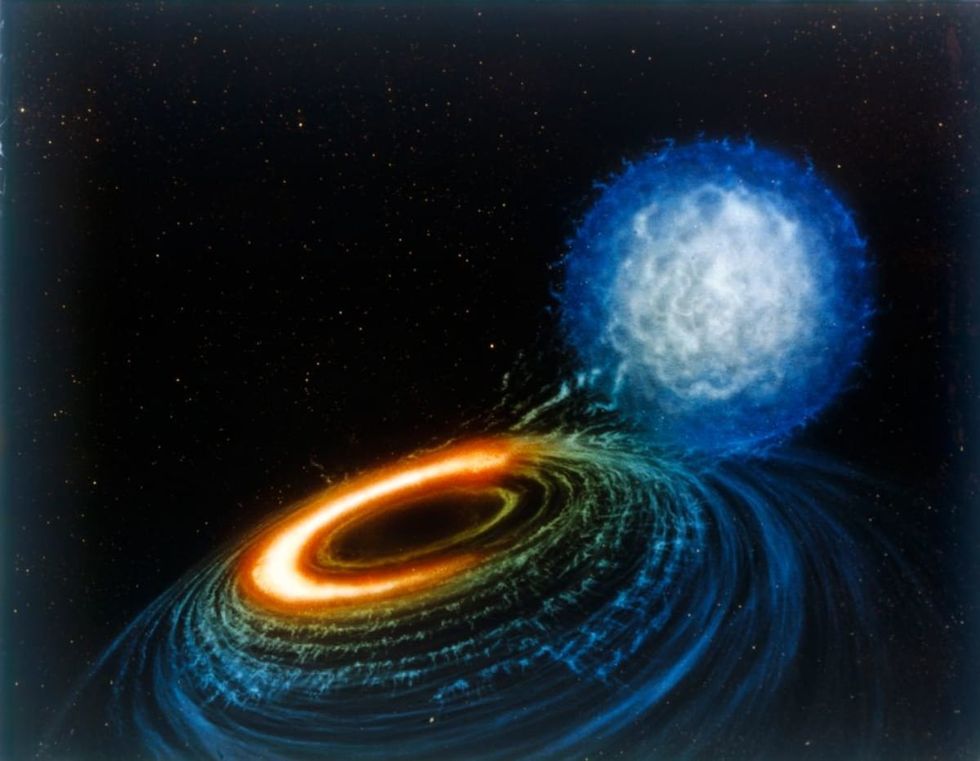
Eric Murphy, study co-author, noted that the black hole releases energy as x-ray and infrared radiations when the disk of material is consumed. This heats the surrounding material which further leads to water vapors. Murphy and team found the black hole using a spectrograph attached to a 10-meter Caltech Submillimeter Observatory on the summit of Mauna Kea in Hawaii. The team added that the unusually warm water cloud is bathing other gases and dust surrounding the black hole. They also added that the black hole has enough gas and dust surrounding it to grow as much as six times its size and become 120 billion times bigger than our sun.
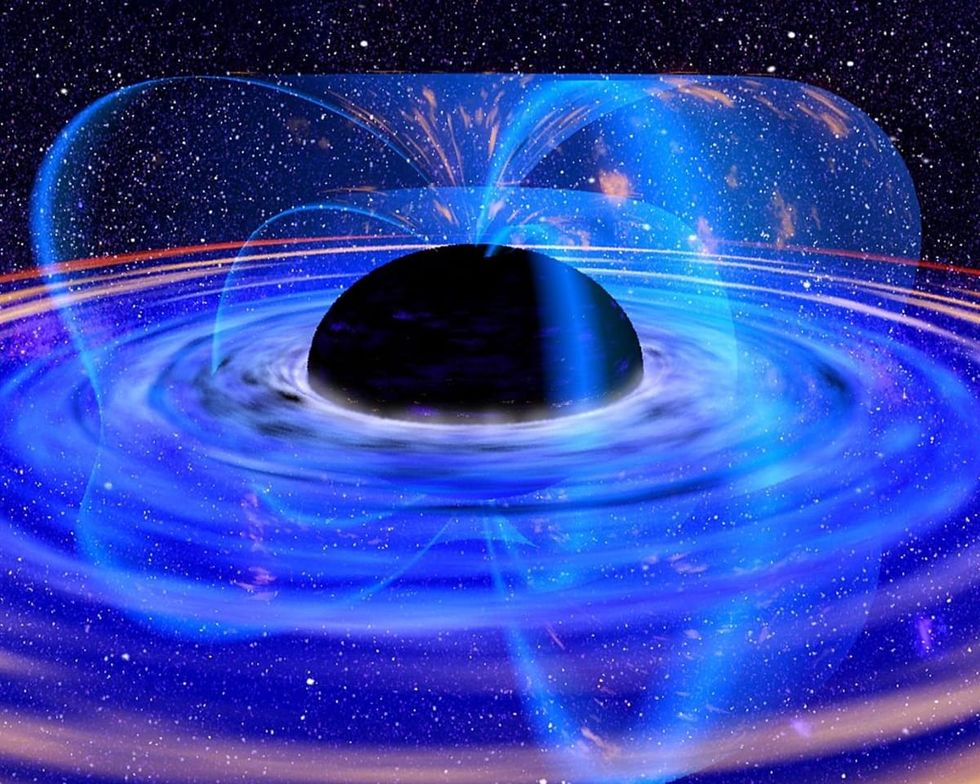
One more intriguing fact about the black hole is that it was formed when our universe was only 1.6 billion years old. "To me, the most exciting aspect of this discovery is that it demonstrates how pervasive water is even at a tenth the current age of the universe," Murphy added. "The fact that we have detected such a large amount [of water] at this early stage in the universe is another indication that molecules and chemical enrichment of galaxies were able to occur so rapidly after the big bang," the scientist explained.
As per the source, scientists are hoping to use the findings to understand how the large water reservoir would have acted as an efficient coolant for the interstellar medium.





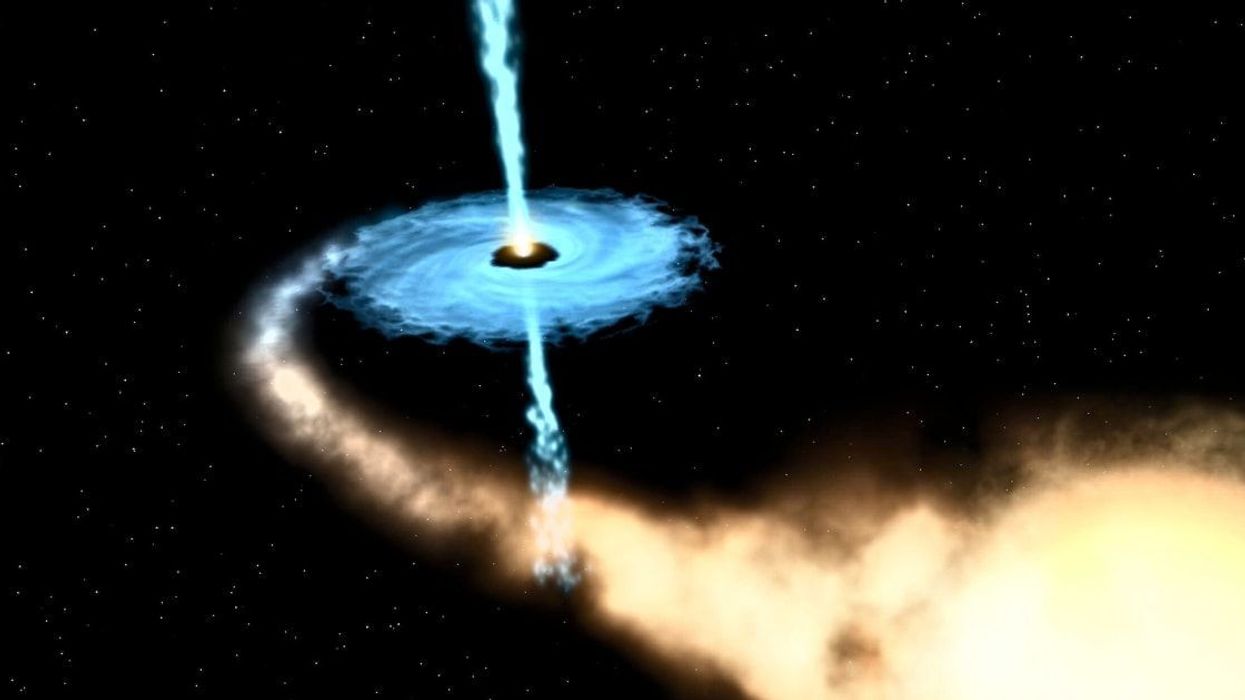












 A symbol for organ donation.Image via
A symbol for organ donation.Image via  A line of people.Image via
A line of people.Image via  "You get a second chance."
"You get a second chance." 
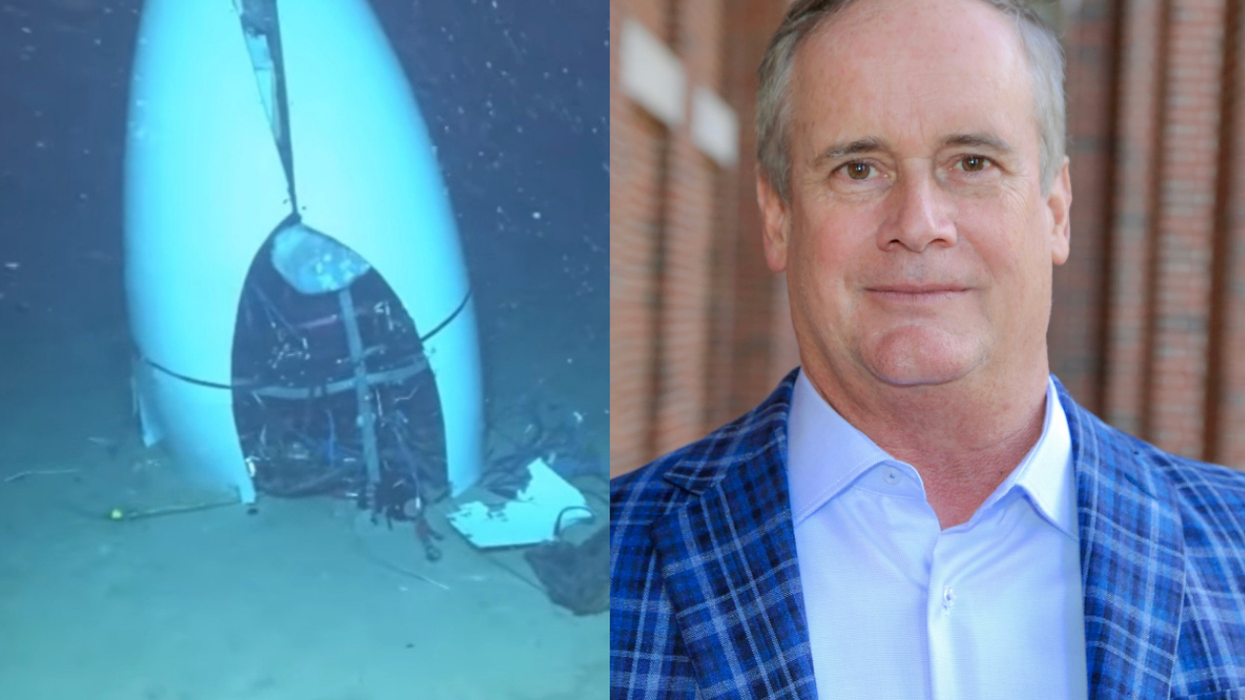

 Some plastic containers.Representational Image Source: Pexels I Photo by Nataliya Vaitkevich
Some plastic containers.Representational Image Source: Pexels I Photo by Nataliya Vaitkevich Man with a plastic container.Representative Image Source: Pexels | Kampus Production
Man with a plastic container.Representative Image Source: Pexels | Kampus Production
 Photo by
Photo by 
 Canva
Canva It's easy to let little things go undone. Canva
It's easy to let little things go undone. Canva
 Teens are waiting longer than at any point in the survey’s history. Canva
Teens are waiting longer than at any point in the survey’s history. Canva Chart on the age of a person’s first time having sex.National Survey of Family Growth/flowing data.com | Chart on the age of a person’s first time having sex.
Chart on the age of a person’s first time having sex.National Survey of Family Growth/flowing data.com | Chart on the age of a person’s first time having sex.
 Kids know the good adults from the bad.
Kids know the good adults from the bad.